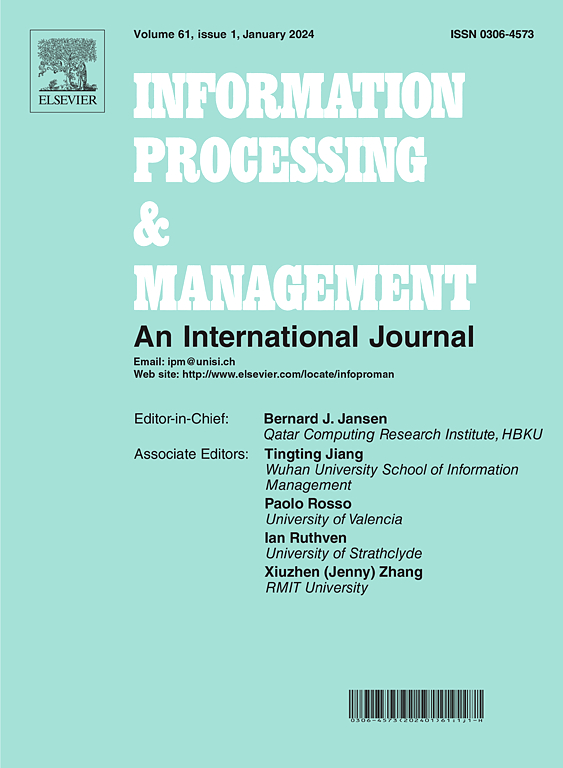Spatial network disintegration based on ranking aggregation
IF 7.4
1区 管理学
Q1 COMPUTER SCIENCE, INFORMATION SYSTEMS
引用次数: 0
Abstract
Disintegrating harmful networks presents a significant challenge, especially in spatial networks where both topological and geospatial features must be considered. Existing methods that rely on a single metric often fail to capture the full complexity of such networks. To address these limitations, we propose a novel ranking aggregation-based algorithm for spatial network disintegration. Our approach integrates multiple region centrality metrics, providing a comprehensive evaluation of region importance. The algorithm operates in two stages: first, multiple rankings based on different centrality metrics are aggregated into a composite ranking to refine the candidate regions for disintegration. In the second stage, an exact target enumeration method is applied within this candidate set to determine the optimal combination of regions that maximizes disintegration impact. This interconnected approach effectively combines ranking aggregation with targeted enumeration to ensure both efficiency and accuracy. Extensive experiments are conducted on synthetic and real-world spatial networks of different network configurations. The results demonstrate that our method consistently achieves superior disintegration performance compared to traditional approaches, effectively addressing the challenges associated with spatial network disintegration. This study provides a contribution to understanding and improving spatial network disintegration strategies by leveraging a comprehensive, multi-criteria approach.
基于排序聚合的空间网络分解
分解有害网络是一项重大挑战,尤其是在必须考虑拓扑和地理空间特征的空间网络中。依赖单一指标的现有方法往往无法捕捉此类网络的全部复杂性。为了解决这些局限性,我们提出了一种基于排序聚合的新型空间网络分解算法。我们的方法整合了多个区域中心度量,提供了对区域重要性的综合评估。该算法分两个阶段运行:第一阶段,将基于不同中心度量的多个排名聚合成一个综合排名,以完善解体的候选区域。在第二阶段,在这个候选集中应用精确目标枚举法,以确定区域的最佳组合,从而使解体影响最大化。这种相互关联的方法有效地将排序聚合与目标枚举相结合,确保了效率和准确性。我们在不同网络配置的合成网络和真实世界的空间网络上进行了广泛的实验。实验结果表明,与传统方法相比,我们的方法始终能实现卓越的分解性能,有效地解决了空间网络分解所面临的挑战。这项研究通过利用综合、多标准的方法,为理解和改进空间网络分解策略做出了贡献。
本文章由计算机程序翻译,如有差异,请以英文原文为准。
求助全文
约1分钟内获得全文
求助全文
来源期刊

Information Processing & Management
工程技术-计算机:信息系统
CiteScore
17.00
自引率
11.60%
发文量
276
审稿时长
39 days
期刊介绍:
Information Processing and Management is dedicated to publishing cutting-edge original research at the convergence of computing and information science. Our scope encompasses theory, methods, and applications across various domains, including advertising, business, health, information science, information technology marketing, and social computing.
We aim to cater to the interests of both primary researchers and practitioners by offering an effective platform for the timely dissemination of advanced and topical issues in this interdisciplinary field. The journal places particular emphasis on original research articles, research survey articles, research method articles, and articles addressing critical applications of research. Join us in advancing knowledge and innovation at the intersection of computing and information science.
 求助内容:
求助内容: 应助结果提醒方式:
应助结果提醒方式:


